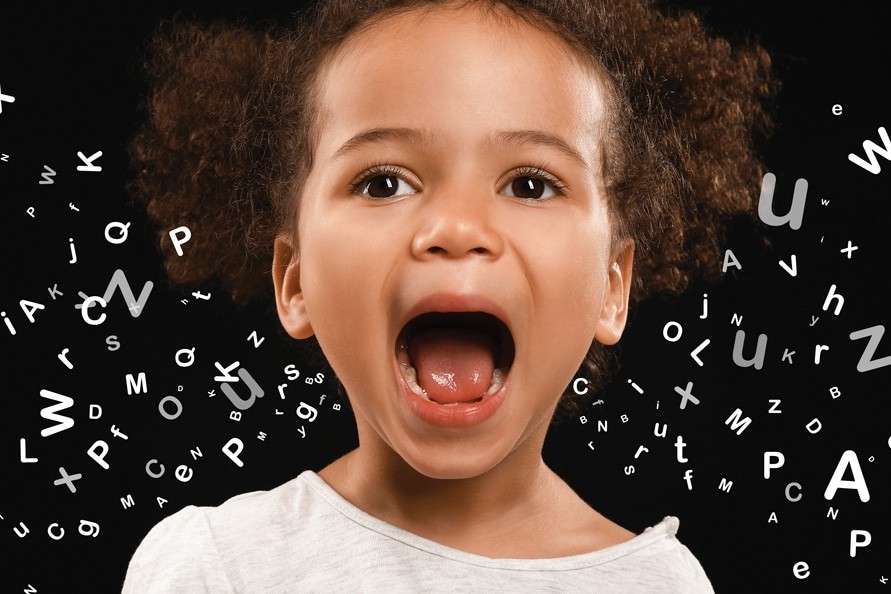At London prep Kensington Wade, all subjects are learnt in Mandarin and English – and with no prior Chinese language abilities required
When Nara first enrolled at Kensington Wade in Hammersmith, west London, she didn’t speak a word of Mandarin. Now, aged 10, she is confidently talking about the characteristics of the Yangtze River in the language to her geography teacher.
Here at Kensington Wade they follow a traditional UK prep school curriculum, but with a twist. Pupils achieve fluency in Mandarin because they learn all their subjects in Mandarin and English. For now, the school is the only one of its kind in Western Europe. But in the US, there are some 400 immersive Mandarin-English schools, with the number steadily growing.
It’s not hard to see why this bilingual model is increasingly popular to parents, many of whom don’t speak Mandarin themselves. China is the world’s second largest economy and, from a future career perspective, Kensington Wade’s pupils will have an instant advantage by having not just the ability to communicate in Mandarin, but a good understanding of China’s culture.
Mandarin is a tricky language to learn, so the younger children start, the easier it is. “Children are incredibly adept at learning languages, especially at a young age. In an immersive environment, they pick up the language naturally through daily interactions and activities, much like they learned their first language,Young minds are so fast at picking up another language that our children are soon agnostic about which language they are learning in,” says Deputy Head of School and Head of Chinese Programme she says.But Jing Wang.

Research has shown that being bilingual boosts brain capacity in areas such as creative thinking, problem-solving, multi-tasking and pattern recognition. Children who learn multiple languages have been proven to be better at information retention, comprehension tests and decision making using critical analysis. But learning Mandarin has particular advantages on top of this in encouraging a deeper understanding of maths. In English, we need to learn the word ‘eleven’ and then understand what this means. In Mandarin, however, the word ‘eleven’ can be translated as ‘10 + 1’ and this is the same for other numbers. Learning place value in maths comes naturally to those who are either native or second language speakers.
Learning Mandarin is also said to boost visual skills because we develop a better memory of pictures by learning the image of each letter. Written Mandarin develops shape recognition and spatial awareness as children need to make sure that each character is the same size no matter how many strokes are required. Another learning boost is in listening skills and the ability to pick up nuance because in Mandarin the same words can have different tones – similar to pitches in music. For instance, depending on how you say it, ‘Ma’ means mum, numb, horse or scold.
“Many parents think pupils have to speak Mandarin to come here, but that’s absolutely not the case,” says Headmaster Huw May. “I don’t think many people know the full advantages of being bilingual.” Jing Wang agrees. “Our pupils gain so many advantages from learning in more than one language in terms of their cognitive flexibility, their linguistic skills and their cultural fluency,” she says.
Kensington Wade kensingtonwade.com
Further reading: Lycée Français Charles de Gaulle de Londres on bilingual benefits
You may also like...


























